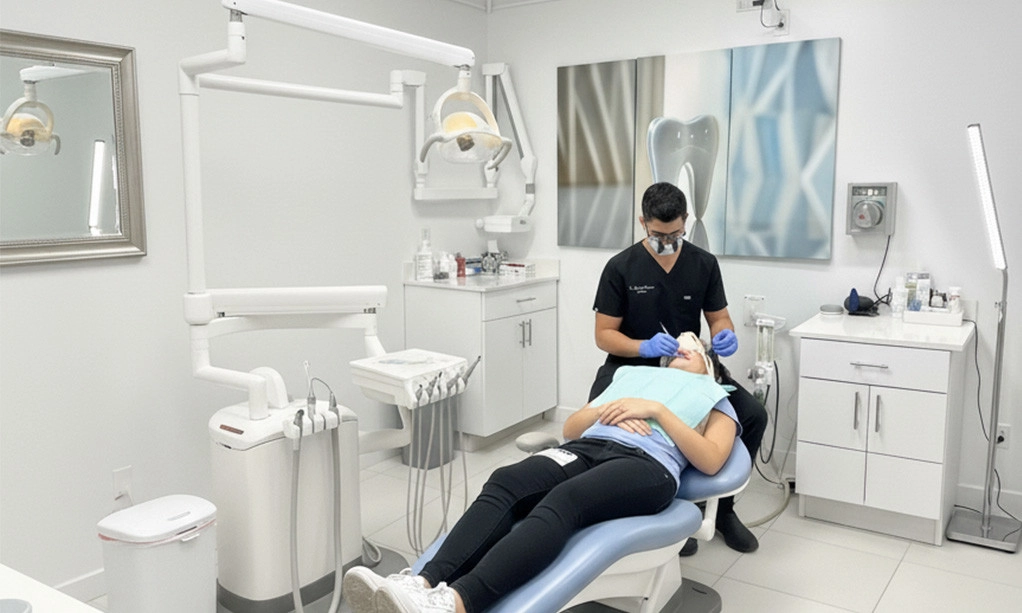
Sedation Dentistry (Nitrous Oxide & Oral Sedation)
Many people experience anxiety or even terror when they see the dentist. This is not out of the ordinary. These emotions are normal—and controllable—whether they are brought on by sensitivity, prior events, or just anxiety about the future. The purpose of sedation dentistry is to make treatment more pleasant, easier, and peaceful.
Why Sedation Can Make a Difference
In the dentist chair, some patients experience discomfort. Others can find it difficult to remain still during extended visits or have a strong gag reaction. In certain situations, tension might be triggered just by the prospect of a treatment. Those obstacles can be loosened by sedation. It makes the process more easier for the patient and the medical staff, but it doesn't eliminate the need for therapy. As a result, the appointment is frequently more successful and far less uncomfortable.
Nitrous Oxide: Light, Quick, and Reliable
Often referred to as "laughing gas," nitrous oxide is one of the most used sedatives in dentistry. Through the use of a little nasal mask, a mixture of oxygen and a mild sedative is breathed. Within a minute or so, the majority of patients start to experience its effects, which include a mild, relaxing sensation that eases stress without making them feel sleepy.
Nitrous oxide's rapid wear-off is one of its benefits. The symptoms subside in a matter of minutes when the mask is taken off and oxygen is administered. This implies that patients may typically drive themselves home and immediately resume their regular routines. For people looking for light relief without the requirement for recuperation time, it's an excellent choice.
Oral Sedation: Deeper Calm When Needed
Oral sedation could be more suitable for treatments requiring more chair time or for people with more severe anxiety. This entails taking a prescription drug before to the appointment, typically a benzodiazepine. Deeper relaxation is the result; many patients report feeling sleepy but yet conscious of their surroundings.
Oral sedation doesn’t put you to sleep, but it may cause you to remember less about the procedure. You’ll need someone to drive you to and from your appointment, as the effects take a few hours to wear off. It’s especially useful for longer appointments or for individuals who’ve had negative dental experiences in the past and want to avoid that stress entirely.
Choosing the Right Approach
Your degree of comfort, the nature of the treatment, and your general health will all influence the appropriate sedation technique. Nitrous oxide is frequently sufficient for general cleanings or shorter, easier treatments. Oral sedation provides deeper comfort for more difficult treatment or for people who require further support. Both choices are often used and, when taken as directed, are thought to be safe.
A conversation with your provider can help determine the right fit. Factors like medications you’re taking, your medical history, and your personal preferences all play a role in shaping that decision.
What Happens Before and After
Your medical history will be examined, and any queries will be freely discussed, prior to administering any sedative. Making you feel at ease, knowledgeable, and ready is the aim. Whether you choose for oral sedation or nitrous oxide, post-treatment advice will be provided to ensure a comfortable recovery.
If You’ve Been Putting Off Dental Care
Sometimes anxiety keeps people from getting the care they need. But there are ways to move forward without added stress. Sedation dentistry is one of them. If you’ve been postponing treatment because of fear or discomfort, it might be time to consider a new approach—one that supports your comfort, not just your teeth.

